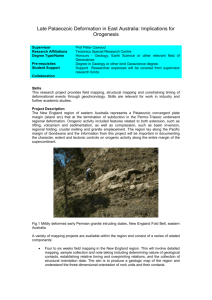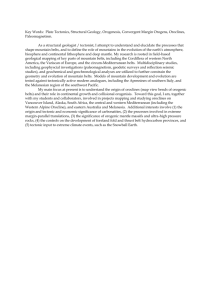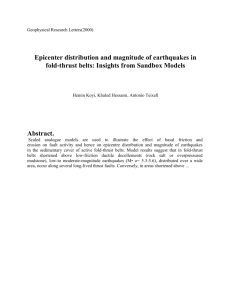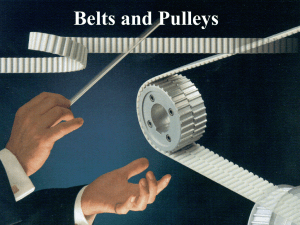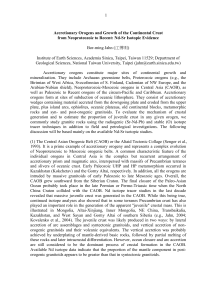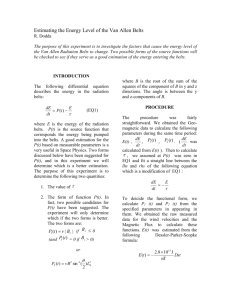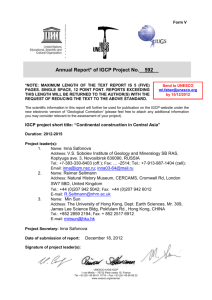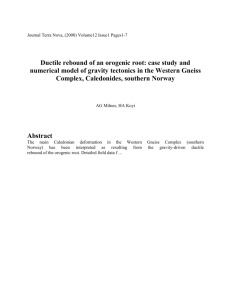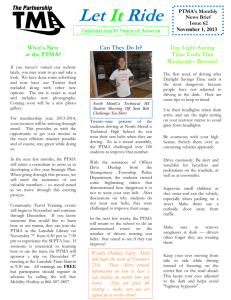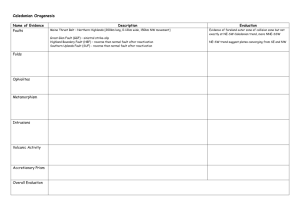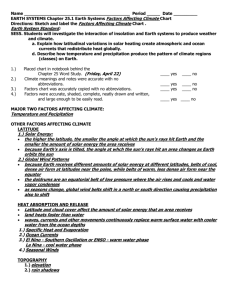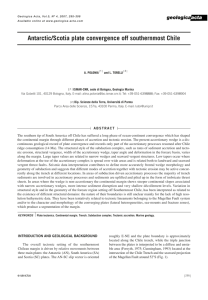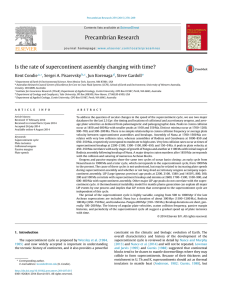Mountains Without Collision: Orogenic Activity in Accretionary Belts
advertisement
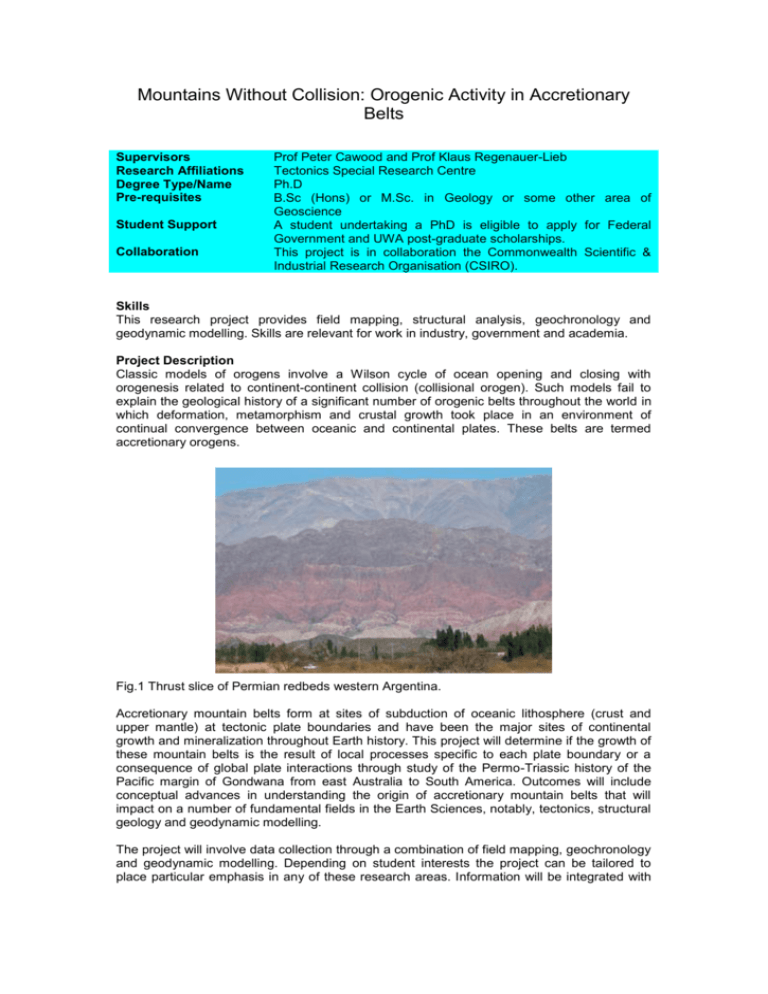
Mountains Without Collision: Orogenic Activity in Accretionary Belts Supervisors Research Affiliations Degree Type/Name Pre-requisites Student Support Collaboration Prof Peter Cawood and Prof Klaus Regenauer-Lieb Tectonics Special Research Centre Ph.D B.Sc (Hons) or M.Sc. in Geology or some other area of Geoscience A student undertaking a PhD is eligible to apply for Federal Government and UWA post-graduate scholarships. This project is in collaboration the Commonwealth Scientific & Industrial Research Organisation (CSIRO). Skills This research project provides field mapping, structural analysis, geochronology and geodynamic modelling. Skills are relevant for work in industry, government and academia. Project Description Classic models of orogens involve a Wilson cycle of ocean opening and closing with orogenesis related to continent-continent collision (collisional orogen). Such models fail to explain the geological history of a significant number of orogenic belts throughout the world in which deformation, metamorphism and crustal growth took place in an environment of continual convergence between oceanic and continental plates. These belts are termed accretionary orogens. Fig.1 Thrust slice of Permian redbeds western Argentina. Accretionary mountain belts form at sites of subduction of oceanic lithosphere (crust and upper mantle) at tectonic plate boundaries and have been the major sites of continental growth and mineralization throughout Earth history. This project will determine if the growth of these mountain belts is the result of local processes specific to each plate boundary or a consequence of global plate interactions through study of the Permo-Triassic history of the Pacific margin of Gondwana from east Australia to South America. Outcomes will include conceptual advances in understanding the origin of accretionary mountain belts that will impact on a number of fundamental fields in the Earth Sciences, notably, tectonics, structural geology and geodynamic modelling. The project will involve data collection through a combination of field mapping, geochronology and geodynamic modelling. Depending on student interests the project can be tailored to place particular emphasis in any of these research areas. Information will be integrated with other data from along the Pacific margin of Gondwana to develop a tectonic model for orogenic activity in accretionary orogens. Recommended Reading BUCHAN, C. and CAWOOD, P.A., 2006. Linking accretionary orogenesis with supercontinent assembly. Earth-Science Reviews. CAWOOD, P.A., 2005. Terra Australis Orogen: Rodinia breakup and development of the Pacific and Iapetus margins of Gondwana during the Neoproterozoic and Paleozoic. EarthScience Reviews, 69(3-4): 249-279. PANKHURST, R.J., RAPELA, C.W., FANNING, C.M. and MARQUEZ, M., 2006. Gondwanide continental collision and the origin of Patagonia. Earth-Science Reviews, 76(3-4): 235-257.
